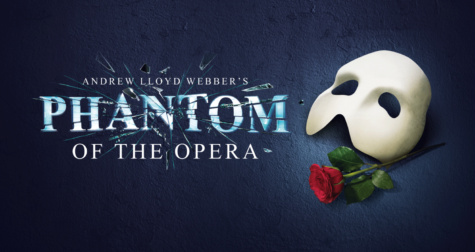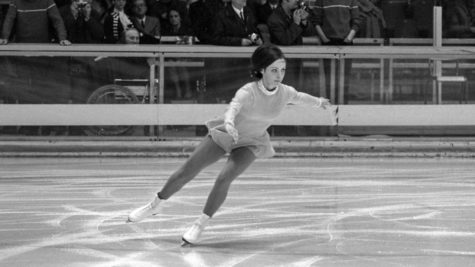Zurcher recital was a ‘reed’-y good time
November 27, 2018
On Nov. 14 in the Walker Recital Hall, I had the pleasure of attending the faculty recital of Allan Zurcher, D.A., which featured Elizabeth Etter, D.M.A., as well as other D’Angelo Department of Music faculty and friends.
The first piece that was performed was Prelude, Cadence et Finale by Alfred Desenclos.
Zurcher played the alto saxophone and Etter joined him on the piano.
This piece started out sounding very mellow and expressive.
As the piece went on, it started to sound more dramatic and it built throughout the rest of the piece.
I found this piece very interesting and enjoyable to listen to.
The second piece that was played was Saxophone Quartet No. 2 by Steve Cohen.
This piece featured the Presque Isle Saxophone Quartet, with Zurcher on soprano saxophone, Bethany Dressler on alto saxophone, Rebecca Wunch on tenor saxophone and Scott Meier, Ph.D., on baritone saxophone.
The first movement sounded mysterious and thoughtful as well as peaceful.
The second movement sounded lively and had a good groove to it.
The third movement sounded scenic and had a mellow sound.
The fourth movement sounded exciting.
The melodies and harmonies blend together really well.
I really enjoyed hearing this piece.
All four movements sounded different but they were all intriguing to the ear.
The third piece on the concert was selections from Etudes pour Saxophone Alto et Piano by Charles Koechlin.
Zurcher went back to the alto saxophone and Etter joined him again on the piano.
The first movement of this piece, Molto Animato, featured chromaticism and contrasting dynamics.
The second movement, Avec grea’es, was beautiful.
It sounded relaxing and scenic.
Zurcher skipped to Movement 9, Molto Animato, which was lively and fun.
The 10th movement, Tres Calme, sounded calm and reflective.
The last piece performed on the program was Concerto for Saxophone Alto by Alexander Glazumov.
This was performed by Zurcher on alto saxophone and Etter on piano.
This piece was full of life and embellishments.
Later in the piece, it became very expressive.
The piece finished strong with a sequential passage and then an impressive final note.










